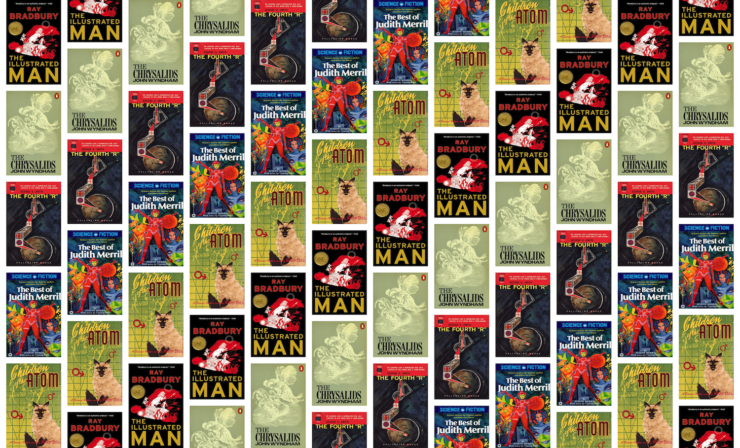In the years following World War II, Americans celebrated the end of a global war and a recovery from a previous decade of economic crisis by producing an astounding number of children, with consequences that are still unrolling to this day. It was a veritable explosion in birthrates—someone should invent a snappy term for it. Maybe the Big Bang Theory?
This focus on children was reflected in the American science fiction of the day. Many post-war SF tales used the challenges of parenthood to illuminate the anxieties of the era. These five works can serve as examples.
“That Only a Mother” by Judith Merril (1948)
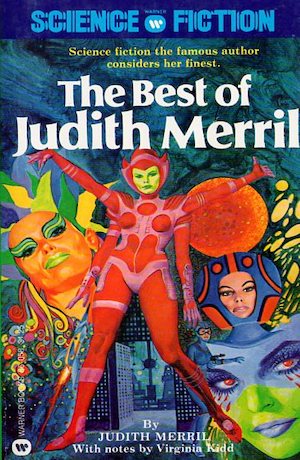
Contrary to the alarmist predictions of the nattering nabobs of negativity, long-running atomic war has proved entirely sustainable. Years after the nuclear exchanges began, civilization prevails! Every citizen does their bit for the war effort, whether, like Margaret’s husband Hank, designing atomic weapons or, like Margaret herself, producing the next generation of little warriors.
Pregnancy and motherhood are stressful at the best of times. Fallout, Hank’s possible exposure to nuclear materials, and alarming news articles about mutated babies and the subsequent horrified infanticide add even more stress. However, Margaret need not have feared. As she explains in her letters to Hank, their child is bright, precocious, and utterly adorable. How wonderful will be the day when Hank finally returns home to see his child!
An interesting fact provided in passing: the parents committing infanticide appear to be the fathers, not the mothers. Perhaps the message is that mothers can be blinded by maternal instinct. Perhaps it’s simply that Merril felt that men are more likely to be homicidally judgmental.
***
“The Veldt” by Ray Bradbury (1950)
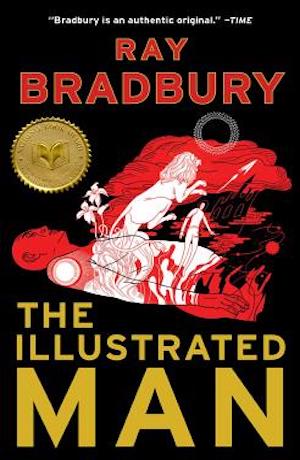
Unlike Merril’s vision of the future, the America that Bradbury’s Hadley family calls home is a peaceful, prosperous nation. The parents use their impressive incomes to provide their children with the best of all possible childhoods in a fully automated Happylife Home.
Primitive Americans might have settled for plunking their kids down in front of ten-inch black-and-white TV sets showing Howdy Doody. Happylife Houses offer what we would probably call virtual reality suites. Every setting the children could possibly desire is available. The realism of the settings is astounding. Mr. and Mrs. Hadley are duly astounded…albeit very briefly.
There is, as far as I know, no direct connection between Bradbury and Star Trek, but one can very easily envision the designers of the Happytime House going on to create Trek’s Holodeck suites, right down to prioritizing verisimilitude over safety.
***
The Chrysalids by John Wyndham (1955)
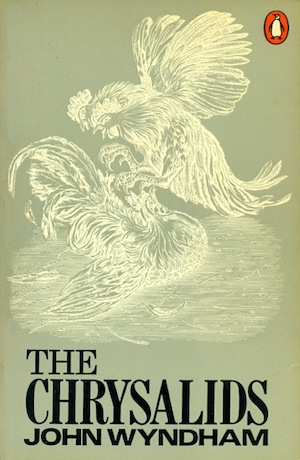
Labrador was spared the direct effects of the Tribulation that swept the sinful Old People from the face of the Earth. Indirect effects are another matter. The community of Waknuk is plagued by mutants—plant, animal, and human. Convinced that mutant offspring are an affront to God’s perfect designs, Waknuk’s pious inhabitants slaughter mutant plants and animals. They sterilize and exile mutant humans.
Six-toed Sophie’s parents did their best to conceal her sinful mutation, but in the end, she was exposed and punished for her genetic transgression. Her punishment greatly concerns her friend David Strorm. Not only is it unjust, it brings home to David just how much peril he faces. What will Waknuk’s adults do when they discover they have given birth to an entire generation of telepathic mutants. How long can David and his friends conceal their superhuman abilities?
A detail that may astound modern readers—it certainly did me when I reread the novel—is that the moral of the book turns out not to be the “can’t we all get along?” that it appears to be for much of the story, but rather, that genocide is acceptable, indeed inevitable, provided only that the right people commit it. People who like to kid themselves that genocide became socially unacceptable after the Holocaust will no doubt be much happier not knowing how many post-WWII SF works proposed solving social issues with eugenically targeted mass murder.
***
The Fourth “R” by George O. Smith (1959)

James Quincy Holden’s parents were prudent and had made their wills. When they die in an automobile wreck, Paul Brennan becomes James’ guardian. But there’s a problem: Paul Brennan arranged their deaths. James is valuable to Paul only to the extent that his continued life can help Paul gain control not only of the estate, but of their invention: the Holden Electromechanical Educator. Once Paul has control, James will be surplus to requirements.
James is well aware that Paul is his enemy. In theory, he has the intellect and education (thanks to his parents’ invention) to hold his own. But there’s a catch: James is only five years old. He may be precocious, but there’s no way that he can legally challenge Paul’s control. Is there another way?
***
Children of the Atom by Wilmar H. Shiras (1953)
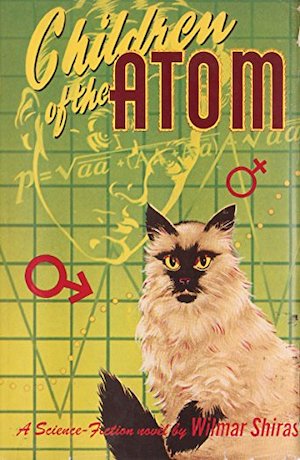
The victims of the 1958 atomic plant catastrophic were doomed by radiation. For some it was a lingering death, one that lasted long enough that they had children. The children were remarkable, as child psychologist Peter Welles discovers. Not only is his fourteen-year-old patient Tim far brighter and more capable than an average student—he and his cohort are superhuman mutants. They are the children of the atom!
Although no match for Tim’s raw intellect, Peter has an adult’s perspective and an adult’s resources. He agrees that Tim’s efforts to pass as merely average are sensible. Mundane society could be cruel were it to learn of the mutants living among them. Peter wants to help. He establishes what one might call a School for Gifted Youngsters, an establishment offering education and safety to young mutant-kind. This well-meaning effort leaves unanswered important questions, not least of which is “what is to be done about human-mutant relations in the long term?”
Those expecting some sort of mutant-human showdown may be disappointed to learn that unlike The Chrysalids, this work does not take as its core assumption that conflict between humans and mutant-kind is inevitable. This fix-up work answers the question “What if the X‑Men had been written by Zenna Henderson?” Welles is no Xavier, enlisting child soldiers. There is no analog to Magneto; the point is coexistence, not exterminationist conflict.
***
No doubt you have your own favourite works about science fictional children, overlooked works that should be noted. Comments are below.
In the words of Wikipedia editor TexasAndroid, prolific book reviewer and perennial Darwin Award nominee James Davis Nicoll is of “questionable notability.” His work has appeared in Publishers Weekly and Romantic Times as well as on his own websites, James Nicoll Reviews and the Aurora finalist Young People Read Old SFF (where he is assisted by editor Karen Lofstrom and web person Adrienne L. Travis). He is a four-time finalist for the Best Fan Writer Hugo Award and is surprisingly flammable.










